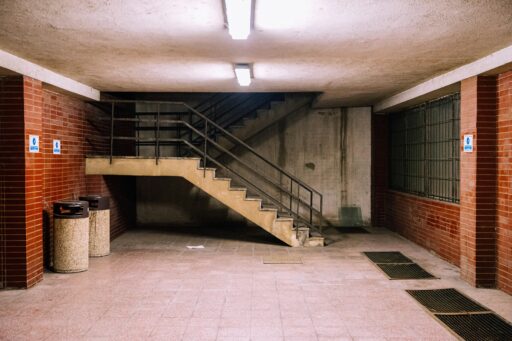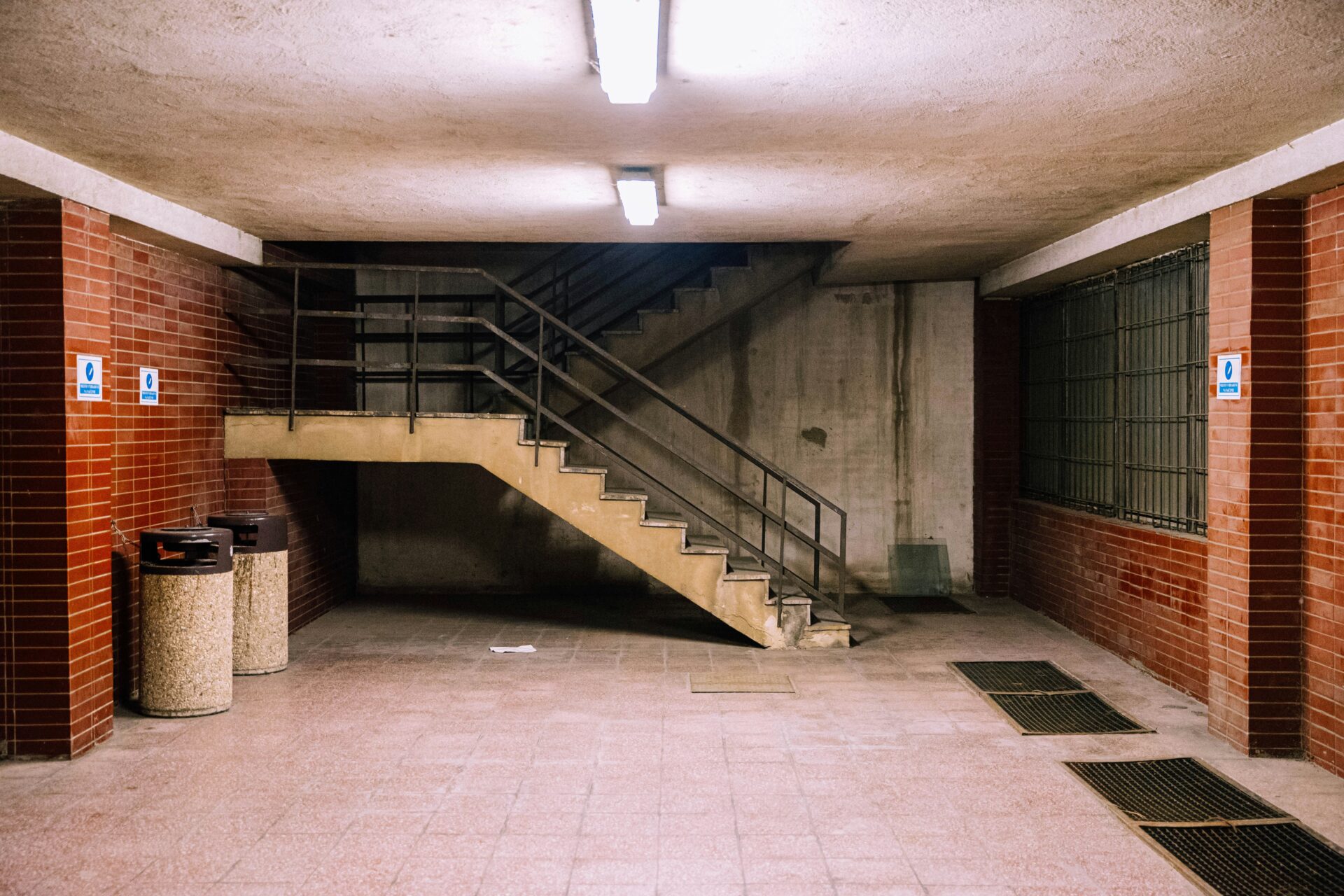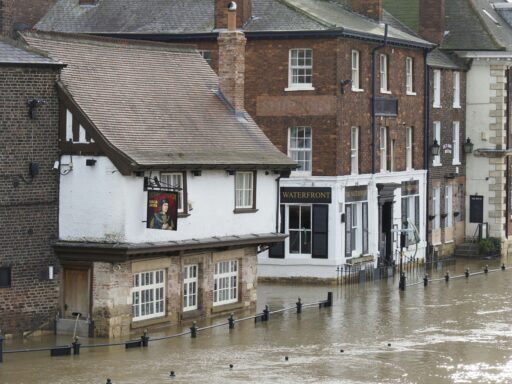A damp basement can lead to a number of problems for your home and pose threats to both your health and your safety. Damp in your home has proven links with respiratory problems, asthma and allergies according to the NHS. However, sometimes damp is not as simple to spot as puddles of water accumulating on your floor or massive tell-tale dark patches on your way.
Damp can come in many forms, such as a feeling of humidity or a stale smell. Floor tiles may also be loose. You must act fast in order to resolve this issue and stop the rot. To avoid any problems with mould make sure you dispose of any furniture affected by the damp and fix the source of the problem.
The primary three sources of damp are: the seeping in of water from outside of your home, the presence of groundwater amongst your home’s foundations and the possibility of humidity.
External water
This is when water infiltrates your home by finding entry through weaknesses in your foundation. The usual culprit of this is the drainage systems in your home, so be sure to check where the rainwater is flowing to during times of heavy storms. Guttering that is clogged up with debris will often lead to the water pouring over and down along your foundations, which can leak into your home. This can be solved by regular cleaning of your gutters.
Another way this can occur is the improper grading of your home, whereby the water will be directed towards your foundations rather than away. You may have to relay pavement in order to get proper sloping facing away from your house.
Combat groundwater with submersible pumps
This is the process of water entering through your walls/floor when the soil the foundations your home is built on is saturated with water. This is one of the more challenging forms of damp in your home to combat, but it is possible. To prevent such a problem occurring in the first place, install some submersible pumps either within your basement or below the surface of it. Read our handy FAQ guide regarding submersible pumps should you have any questions.
Should the problem have already occurred, if it is a small issue you can attempt to patch the cracks created by the damp yourself. However, large cracks will require help from a structural engineer in order to properly deal with the issue without causing major damage to your home.
Humidity
This can come in two ways: either outdoor or indoor humidity. Outdoor humidity is when moist air creeps into your home and condenses in the foundations of your cool basement. Indoor humidity, caused by such things as improper venting in your home, can also have the same effect. Luckily, this is one of the easiest sources of damp to be able to prevent and can be as simple as installing energy efficient windows or using a dehumidifier in order to prevent any build-up of moist air within your home.
Worried about basement flooding? Find out how to prevent it.






